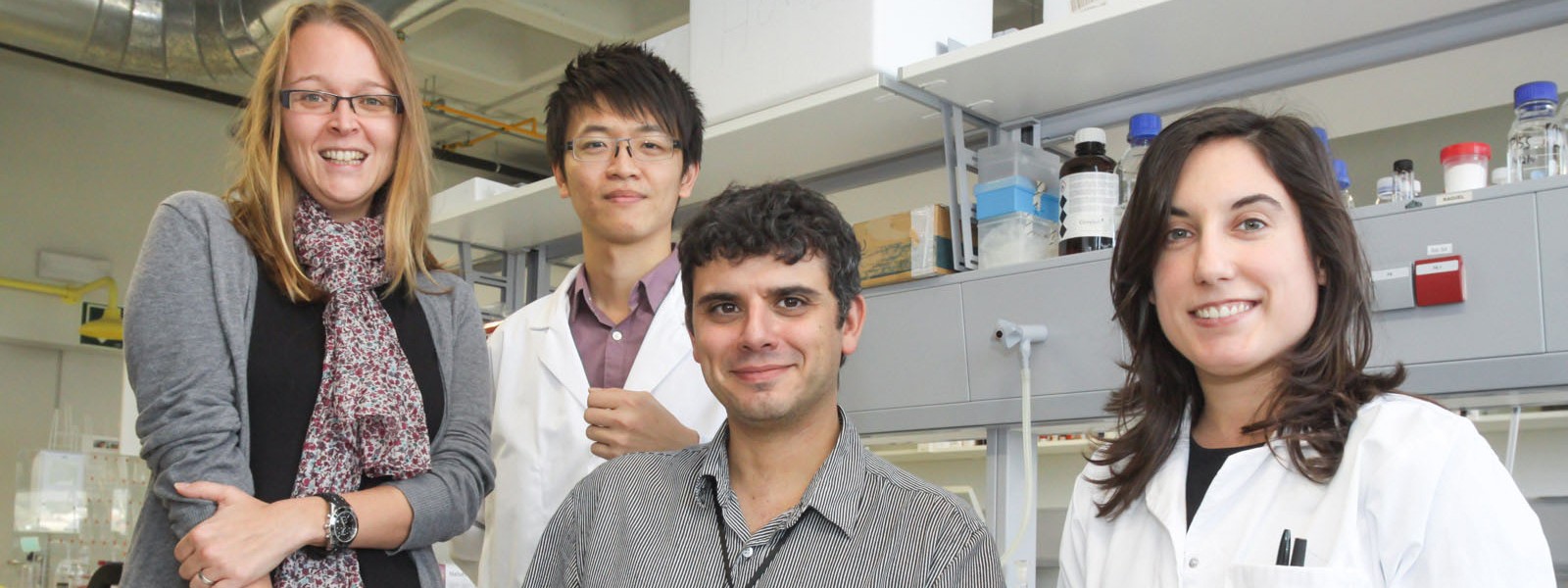DIRECTOR
RESEARCH TEAM
Noémi Stefánia Csaba, Adriana Martínez Ledo, Ana Cadete Pirés and Wei-Hsin Hsu, Universidad de Santiago de Compostela.
COLLABORATING INSTITUTIONS
DESCRIPTION
Oncological pharmacotherapy has focused on targeted cytotoxics, a concept that has resulted on modest clinical benefits due to the presence of cancer initiating cells, and the protection of the tumor environment. Glioblastoma multiforme (GBM) is a prime example, with a 5-year survival rate below 5%.
An alternative approach derives from conceptualizing GBM as an ecological system, and directing treatments towards this niche. In this project, I propose to suppress GBM recurrence through devices that combine the capacity to differentiate glioblastoma initiating cells (GICs) towards a phenotype incapable of supporting tumor growth, and to dislodge the hypoxic tumoral environment. I have previously addressed the first of these objectives by suppressing GBM formation with Bone Morphogenetic Protein (BMP)-loaded controlled release microspheres. In this project, I will build up on this concept while providing strategies to manage the protective effect of the tumor hypoxic environment. For this general objective, I will explore brain-implantable microspheres with capacity to:
(i) deliver BMP with sustained kinetics for >120 days;
(ii) deliver BMP in the form of a complex with a PEGylated heparin mimic, for enhanced stability and tumor penetration; and
(iii) with capacity to release oxygen for dislodging the hypoxic environment. The microspheres will be prepared from biomaterials derived from adaptable chemistries such as those of polyphosphazenes; the microspheres will be characterized for their physicochemical and pharmaceutical properties. Microspheres effect on the GIC niche will be evaluated in neurosphere cultures, tissue engineered tumors (3D), and in vivo through currently active external collaborations.
This project will provide new avenues for treating GBM, and probably, a conceptual framework to address other highly resistant cancers. We also propose supporting technologies based on nano/biomaterials that, besides their use for GBM, might find relevance in other fields.

